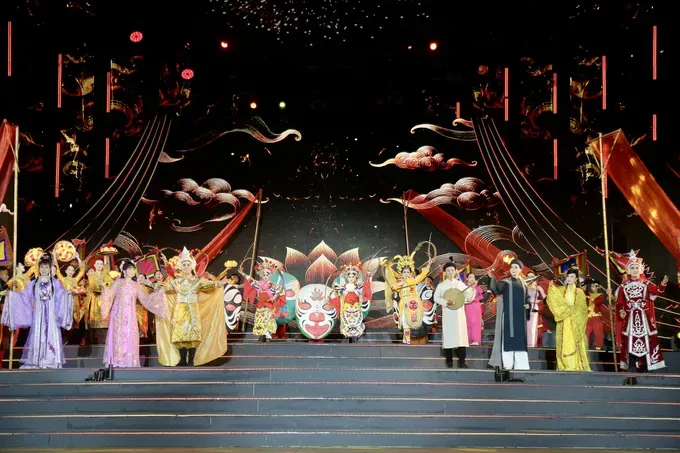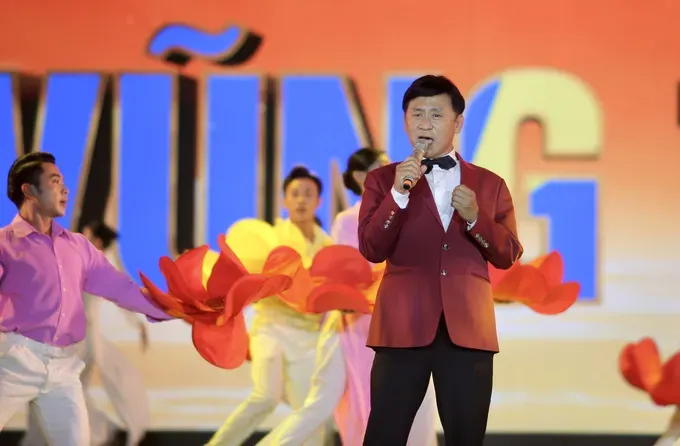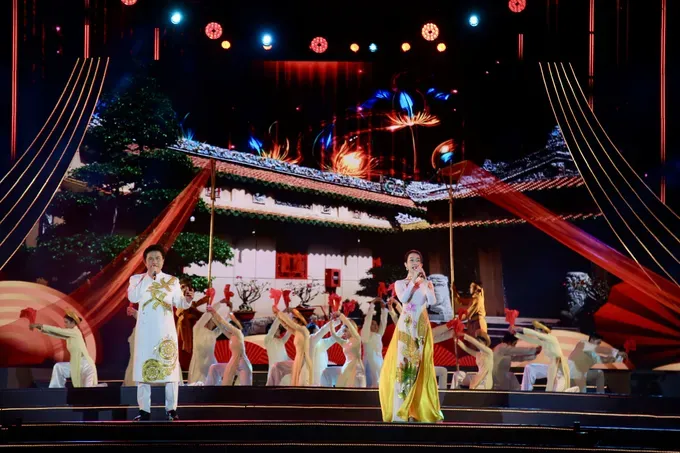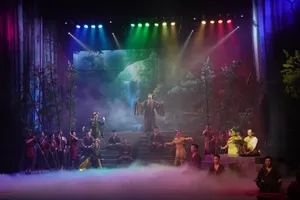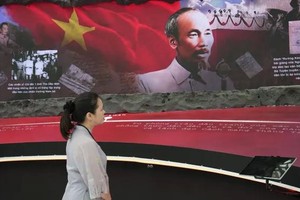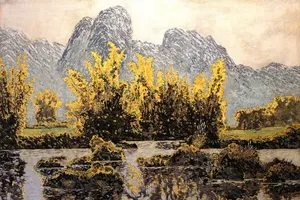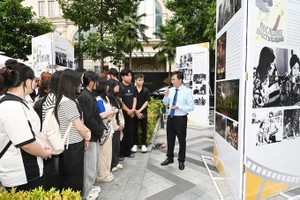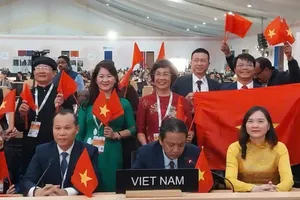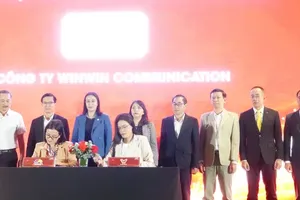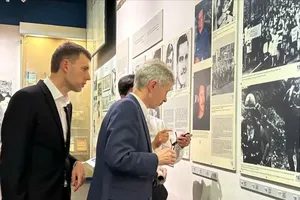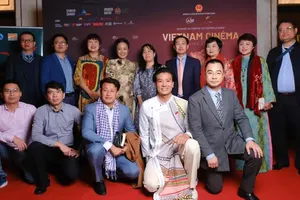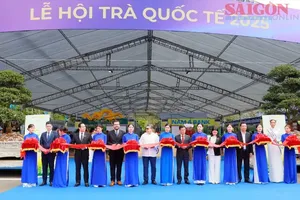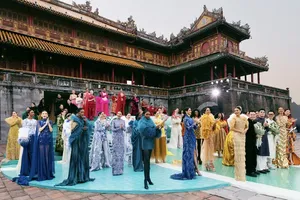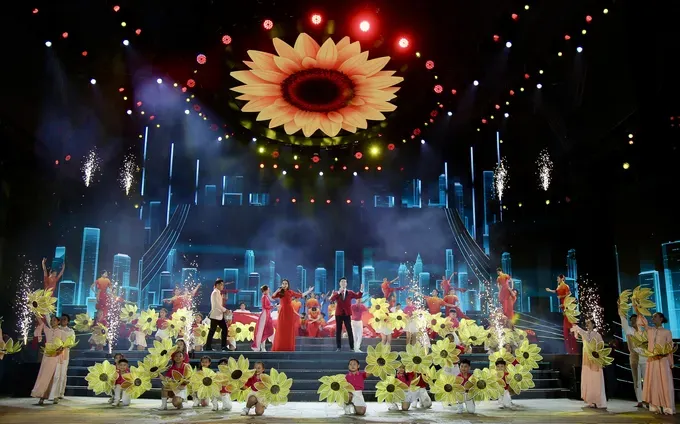
The event aims to mark 327 years since the founding of the region encompassing Saigon–Cho Lon–Gia Dinh–Ho Chi Minh City (1698–2025) and the 49th anniversary of the city officially bearing the name of President Ho Chi Minh (July 2, 1976–2025), as well as celebrate the newly merged city.
Attending the event were Vice Secretary of the Ho Chi Minh City Party Committee and Chairman of the Vietnam Fatherland Front Committee in the city, Nguyen Phuoc Loc; Vice Chairwoman of the Ho Chi Minh City People’s Committee, Tran Thi Dieu Thuy; Standing Vice Chairman of the Vietnam Fatherland Front Committee in Ho Chi Minh City, Nguyen Thanh Trung; and Lieutenant General Nguyen Tran Long, Deputy Political Commissar of Army Corps 34.
Also in attendance were representatives from municipal departments, agencies, organizations, the city’s armed forces, and local authorities, along with scholars, religious dignitaries, ethnic minority delegates, war veterans, workers, farmers, youth groups, women’s associations, and a large number of residents.
The special cultural program produced by the Ho Chi Minh City Center for Performing Arts was divided into three chapters, including “Radiance of the Southern Land,” “A Land of Heroes,” and “The City Named After President Ho Chi Minh Enters a New Era,” with the participation of People's Artists Trong Phuc, Ta Minh Tam, and Huu Quoc; Meritorious Artists Le Hong Tham, Ngoc Doi, Le Trung Thao, Thy Trang, Tam Tam, Pham The Vi, and Khanh Ngoc; and artists from the Ho Chi Minh City Classical Drama (Hat Boi) Theater.
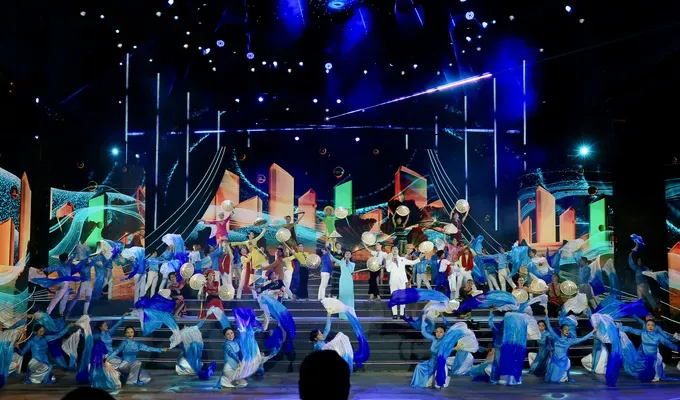
In 1698, Lord Nguyen Phuc Chu appointed Nguyen Huu Canh to the task of leading a military expedition to the South. His mission was to establish an administrative system, stabilize local settlements, and affirm the sovereignty of Dai Viet over the region that now comprises the Southern region, including Saigon-Ho Chi Minh City. Commander Nguyen Huu Canh, under the orders of the Nguyen Lord, embarked on an expedition to the South.
Going upstream along the Dong Nai River, he arrived at Cu Lao Pho, where he summoned local elders to issue directives for organizing civil life, compiling household registries, and establishing the Tran Bien garrison. This marked the beginning of the formal integration of the southern region into the administrative structure of Dang Trong (the Southern Realm).
On June 5, 1911, young patriot Nguyen Tat Thanh, who later became beloved President Ho Chi Minh of the Vietnamese people, under the name of Van Ba, got on French ship Amiral Latouche Tréville to depart Nha Rong Wharf in then Saigon, starting a 30-year odyssey to seek a path for saving the country from colonialism.
Under the leadership of the Communist Party and President Ho Chi Minh, that long and arduous journey culminated in a resounding triumph, the historic Spring Victory of 1975. With that momentous event, the nation was reunified from North to South, bringing to a close a heroic and tumultuous chapter in history and ushering in a new era for the “Southern bulwark of the Fatherland.”
Vietnamese southern hub Saigon–Gia Dinh was officially named after President Ho Chi Minh on July 2, 1976. That historic moment marked the beginning of a new chapter of Ho Chi Minh City—the city of the future, integration, and restless aspirations.
